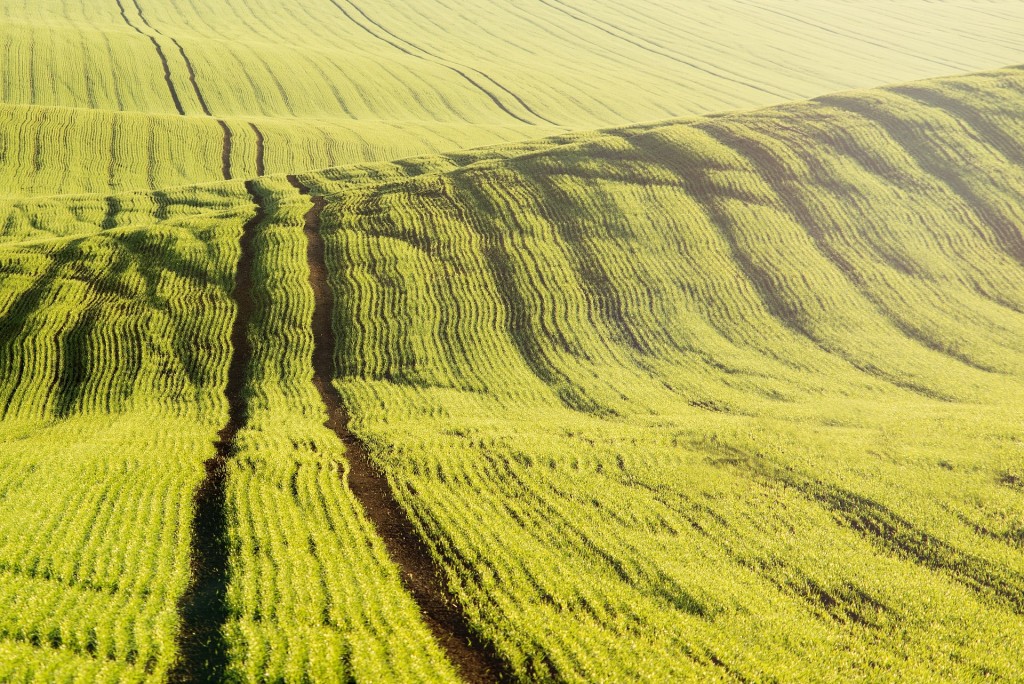Free shipping on orders over £50
TradeHURRY! SPRING SALE Now On! Get 10% Off Using Code KEEP10! Plus FREE SHIPPING On All Orders Over £50!
Can LEDs Be Used To Grow Plants And Vegetables?

Growing crops isn’t an easy thing to do, as there are so many variables – some out of our control. These include the amount of sunlight and rainwater that crops receive.
But what if we could control at least one of these? What if we could use LED lights to grow crops and other plants – right through the year?
Of course, LEDs aren’t the only option when it comes to lighting – you also have the liberty of choosing from incandescent light and fluorescent light. So what is it about LEDs that make them the primary choice for agriculture in particular?
Let’s start with the basics. You’re going to need a lot of light to grow plants and ‘replace’ natural light. That’s going to require a lot of energy, and when it comes to consumption – LEDs have the competition beat.
They’re far more energy efficient because of how little they lose to heat – just 10% of their energy. Traditional incandescent lights lose up to a whopping 80% of their energy to heat alone. This means your plants and vegetables cost you far less to grow.
Of course, the cooler operating temperatures also have an effect too, preventing leaf burn, provided that there is around 12 inches/30cm distance between the light and the plant.
It’s not all about energy efficiency though. LEDs can emit any colour they want without the need for any kind of filter. As a result, they can be customised to emit only certain wavelengths of light.
This is particularly advantageous as studies of photomorphogenesis show that green, red, far-red and blue light spectrums have an impact on root formation, plant growth (photosynthesis) and flowering.
In comparison, incandescent and fluorescent lights have no control over this, giving LEDs an advantage. It is important to remember that although the sun emits infrared, ultraviolet and visible light, plants don’t use the entire spectrum.
So by using LEDs, you can cater the light spectrum to the needs of the crop you’re growing.
The science says that LEDs are great for agriculture then, but what about using them in practice? Well, in tests conducted by Philips on LED grow lights, they found that LEDs affected disease resistance, taste and nutritional levels for the better.
It should be noted though that various factors come into play here, including the kind of crop, light intensity, total light over time, timing of light during the day, light/dark periods of the day, light quality (spectrum), light direction and light distribution.
This hasn’t stopped people trying though.

Mexican resident Leonardo Moreno uses LED lights to grow spinach, lettuce and other greens inside of old fish tanks. He’s a member of Biohackers Mexico – a group of people sharing a passion in biotechnology.
“The idea is not to shut ourselves off (to possibilities) and find alternatives to (traditional) food production” said Moreno.
He claimed that some 60% of commercial hydroponic gardens fail because of things like insufficient knowledge and poorly trained personnel, with a well-advised greenhouse having just a 2% chance of failing.
Further north, former model Summer Rayne Oakes has filled her entire 1,200 square foot apartment in New York with 500 plants, including everything from an irrigated vertical garden, edible plants ranging from herbs to exotics.
So how has she created her own jungle inside the concrete jungle? A vermiculture kit underneath the kitchen sink, compost bin, sub-irrigation system and of course, an LED lighting system.
Her dedication is matched by her ambition – “I think my ultimate goal is to, like, homestead in Brooklyn” she said.
You shouldn’t be under the impression though, that it only being used by individuals wishing to live outside the restrictions of commercial supermarket fruit and veg. The US Navy has been working on a new research project that could allow sailors to grow fresh veg on submarines.
This would bypass the problem current faced my many on duty where fresh vegetables only last for 7 to 10 days, despite average deployment times lasting up to 3 months. Beyond this, they have to use frozen fruit and veg.
The research involved growing vegetables in a 40 foot container using LED lights of approximately 7 feet in length.
Of the 83 vegetables tested, 51 were able to grow, including various kinds of lettuce, kale and some root vegetables.
Other foods like tomatoes required more heat, and cucumber grew to a point where is tangled around the lighting.
Although the actual practice of growing crops and plants using LED lights is in its infancy, it does offer people a potential alternative in agriculture. The advantages that LEDs offer will no doubt play a key role, and could become an integral part of farming in years to come.






 Search
Search


